What is the Paris Climate Agreement?
The Paris Climate Agreement is an international treaty on climate change. It was first adopted in 2015, and has since been ratified by almost every country in the world.
The treaty was the result of decades of negotiation, starting with the United Nations Framework Convention on Climate Change (UNFCCC) in 1992. The UNFCCC set up annual forums where nations could come together to discuss how to address climate change. Before the Paris Agreement, the UNFCCC had produced other climate treaties, such as the Kyoto Protocol in 2005.
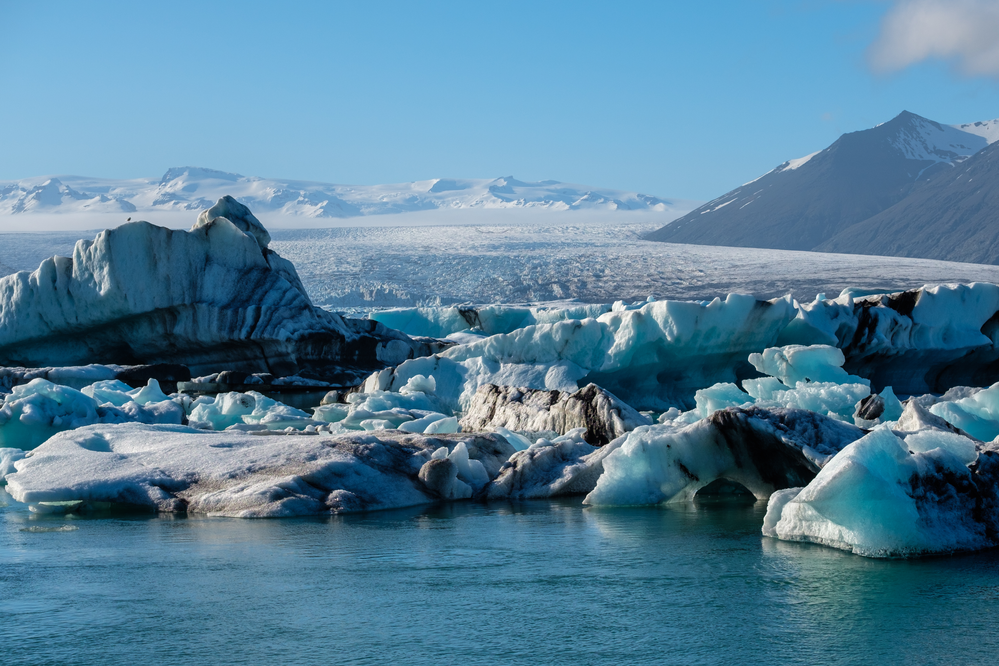
The Paris Agreement’s main goals are to “strengthen the global response to the threat of climate change by keeping a global temperature rise this century well below 2 degrees Celsius above pre-industrial levels and to pursue efforts to limit the temperature increase even further to 1.5 degrees Celsius.”
Okay… what does that mean?
How does the Paris Agreement work? And, perhaps a better question: does it work? Let’s review the key points, pros & cons, economics, effectiveness, and other questions you might have about the Paris Agreement.
A Quick Crash Course on International Climate Politics
UNFCCC? COP? IPCC? Why all the acronyms, and how do they relate to the Paris Agreement?
- UNFCCC = United Nations Framework Convention on Climate Change
- Parties = Countries that are part of the convention. (There are up to 197 parties/ countries in the UNFCCC)
- COP = Conference of Parties. The COP is the annual meeting of all parties and acts as the decision-making authority. Its goal is to produce multilateral agreements. COP 21 was held in Paris, France, and produced the Paris Agreement.
- MEA = Multilateral Environmental Agreements (like the Paris Agreement or the Kyoto Protocol, which involve multiple parties/countries)
- NDC = Nationally Determined Contribution (the actions that each country commits to taking, as part of the treaty, to address climate change). Check out your country’s Nationally Determined Contribution here.
- IPCC = Intergovernmental Panel on Climate Change. The IPCC is the United Nations body for assessing the science related to climate change.
Paris Agreement Key Points
1.5-2°C: Who Decided Those Are The Numbers?
The 2°C number was first suggested in the 1970s by the economist William Nordhaus, in his paper, “Can We Control Carbon Dioxide?” He was speculating that a reasonable limit for the amount of carbon dioxide in our atmosphere would be about twice pre-industrial levels. This meant a 2°C increase in average global temperature. Even though it was a rough estimation, it caught on.

Since then, climate scientists have attempted to quantify and recommend limits, agreeing the safest option would be a 1°C increase, but the reality is, we’ve already surpassed that, so most have settled on 1.5° or 2°C as the next acceptable limit. Frankly, it has been very successful as a unifying goal: almost every country has endorsed it.
What happens at 1.5°C or 2°C?
According to an IPCC report, the world at 1.5°C will suffer more heatwaves, droughts, floods, rising sea levels, ocean acidification, arctic ice thaws, and species extinction.
The .5°C difference between 1.5 and 2 is also a pretty big deal. All of the above climate effects get significantly worse with every tenth of a degree. Many areas of the world (especially those near the Equator) will grow more and more inhospitable to humans.
Nationally Determined Contributions (aka NDCs)
Most of the Paris Agreement’s success was due to a mechanism called Nationally Determined Contributions (NDCs), where each country created its own individual plan to support the overall treaty goal to keep global temperatures down.
The Paris Agreement’s predecessor, the Kyoto Protocol, largely failed because it exempted developing countries, like China and India, from any responsibility to reduce emissions. The Conference of the Parties (COP) learned from their mistake and re-designed the NDC mechanism to help ensure universal and voluntary participation. The Paris Agreement’s NDCs allow countries to develop different strategies and implementation techniques best suited for each country’s own unique needs and challenges.
In an effort to keep the agreement up-to-date, and make it more effective, the pledges are required to be reviewed and updated every five years. Ideally, countries will continually reassess their goals and recommit to more ambitious climate actions.
Common but Differentiated Responsibility

The Paris Agreement attempts to acknowledge the historical and present inequality in carbon emissions and climate impacts. It’s been a source of tension between treaty negotiators; many poor, developing nations point out that they do not hold the same level of responsibility, nor ability, to reduce emissions as rich developed nations do.
The Paris Agreement tries to implement “common but differentiated responsibility” through mechanisms such as NDCs, the Annex system, and the Green Climate Fund (GCF). The GCF helps fund projects in developing countries that reduce greenhouse gas emissions and mitigate climate impacts in those countries.
Reporting Mechanism
The agreement is intentionally designed to be relatively flexible for most commitments. However, for the sake of transparency and accountability, the agreement does set up a reporting mechanism for carbon emissions. Countries agreed to report their emissions to stay on track towards their NDCs and the overarching goal of keeping warming under 2°C.
The Importance of the Paris Agreement

Given all the political complexity involved, the Paris Agreement does stand as a true feat of international diplomacy and cooperation. It managed to reach consensus, across every single country in the world, on the necessity of climate action. But, for as much praise as it’s gotten, the treaty has also received a lot of criticism. So, what are the pros and what are the cons?
Pros of COP21
The Paris Agreement succeeded in universal participation from every country! Each country came together to address climate change and its impacts by pledging to reduce greenhouse gas emissions.
The UNFCCC practices a “one country, one vote” policy, so reaching a mass consensus required a lot of negotiation, and that negotiation did create flexibility. The flexibility allowed for countries to adjust commitments based on the needs of their nation.
Cons of COP21
Sometimes our strengths can also be our weaknesses. Many critics of the Paris Agreement say the agreement is too flexible and lacks enforceability. So, while the flexibility of the agreement might have guaranteed its success in ratification, it also lent itself to countries not taking climate action as seriously as they said they would.
The Paris Agreement itself does not have an enforcement mechanism. If a country does not fulfill its NDC, there isn’t much the UNFCCC can do. Unfortunately, as a result, many countries are not on track to meet their Paris goals, which have also been criticized for not being sufficient to reach the 2°C goal, much less the 1.5°C goal. Most experts have estimated that at this point, even if countries do reach their Paris goals, the world would warm to almost 3°C. Even during negotiations, many of the goals seemed insufficient to avoid the most catastrophic effects of climate change.
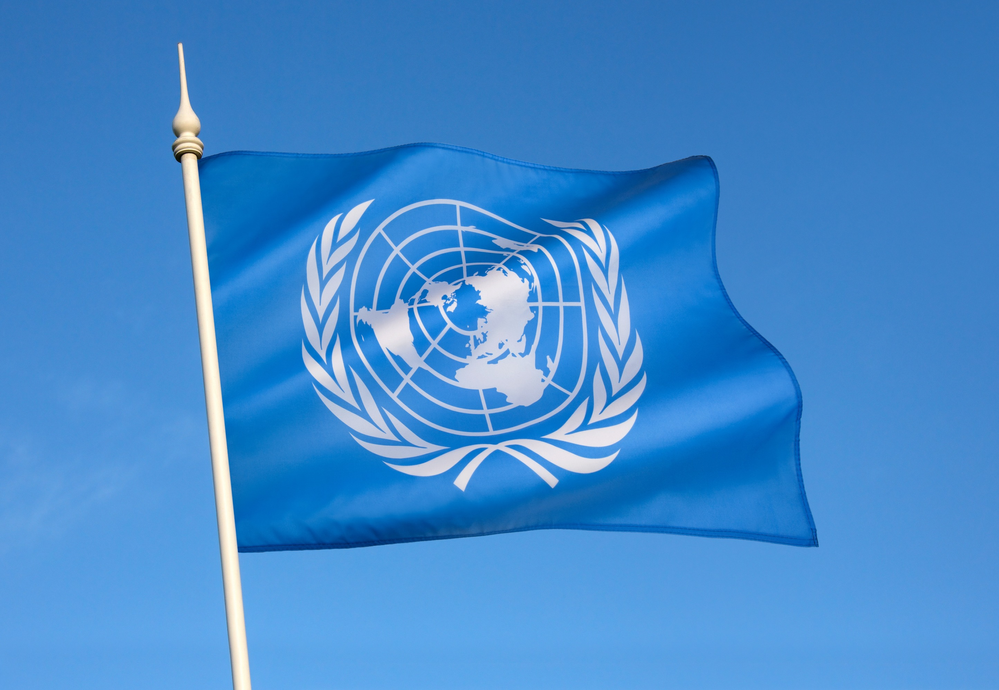
The COP system is also criticized for moving too slowly. While some argue that time-intensive negotiations were required in order to reach a consensus among 197 different countries, others claim that the lengthy, bureaucratic process was simply unnecessary with such a time-sensitive issue at stake, and also made it too easy for the original goals to get watered down.
The Economics of the Paris Agreement
How Much Does it Cost and What Opportunities Can It Bring?
First of all, let’s be clear: the cost of not acting on climate change is far higher than acting on it. The consequences of inaction are more harmful, economically and otherwise, than implementing the goals of the Paris Agreement.
One of the financial commitments within the Paris Climate Agreement is the Green Climate Fund, which is there to help developing countries reduce emissions and mitigate climate impacts in their region. The US Obama administration approved $1 billion of the fund’s $3 billion pledge, which was meant to decrease as more countries contributed. All pledges to the fund are voluntary, and other countries have since contributed more than the United States, including the United Kingdom, France, Germany, and Japan.
The Paris Agreement also tasks countries to create an NDC, or nationally determined contribution that would lead to a reduction of greenhouse gas emissions. The United States’ NDC was achievable and not an economic burden. The goal was to reduce annual domestic greenhouse gas emissions by 26-28% by 2025. While the NDC would require additional regulations, the cornerstone of it was Obama’s “Clean Power Plan” which would have brought nearly $40 billion in domestic benefits in 2030, mostly from avoiding the impacts of local air pollution.
Under the Trump administration, many of these policies and regulations were rolled back. Some experts have calculated the cumulative impact would be an additional 1.8 gigatons of CO2 to the atmosphere by 2035, about one-third of the U.S’s emissions in 2019.
The last decade of climate impacts has been expensive for taxpayers. Extreme weather events have cost over $350 billion in disaster relief, infrastructure, insurance, and repairs. The number is expected to increase as climate change worsens. In 2019 alone, climate disasters cost the United States at least $91 billion.
The fossil fuel industry is not a smart investment, and companies are starting to notice. The high growth rate of zero-carbon solutions and markets has been promising (as noted in a report named the “Paris Effect”). In the US, clean energy created 110,000 new jobs in 2018. Meanwhile, the coal industry continues to decline, even during the Trump era.
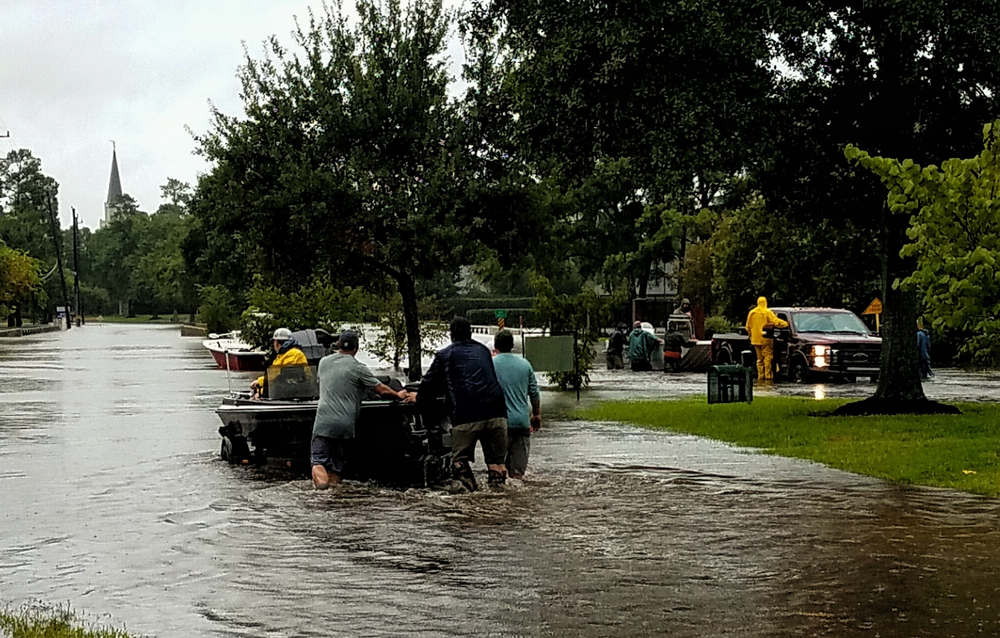
Moving towards a safe, healthy future doesn’t just save money; it saves lives. Clean energy, along with things like more green spaces and public transportation, brings health benefits for everyone. Cleaner air from carbon-free energy has saved hundreds of thousands of lives in the US alone.
How Effective Has the Agreement Been So Far?
The world has started to acknowledge the importance of climate action. Grassroots activists and nation-states alike have sparked a global movement demanding large-scale solutions.
Since the Paris Agreement, countries have pledged to commit to lower emissions. So, how effective are these pledges? Are 1.5 or 2 degrees within our reach?
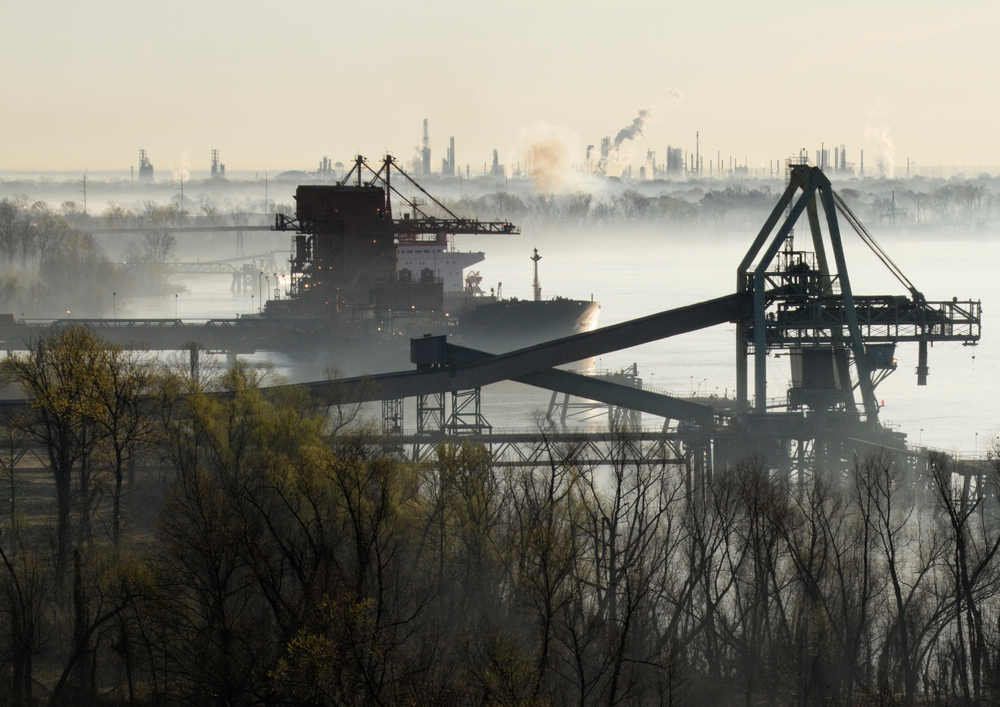
Again, many experts say the original Paris Agreement pledges were insufficient. In fact, it was estimated the planet would warm 3 to 4°C even if everyone reached their targets, and since the Agreement was ratified, many countries have been falling behind. When the time came in 2020 to renew those commitments, very few countries submitted stronger NDC targets.
However, the Paris Agreement was an important first step and is driving a lot of climate action. Since the agreement was signed in 2015, the estimates for global temperature increases have dropped by .7 °C, so there is a slight possibility of not surpassing 2°C. Countries have started to commit more towards carbon neutrality in the coming decades, including, China, Japan, South Korea, and the European Union. The US Biden administration is also planning for net-zero emissions by 2050.
These commitments would lead to approximately 2.1°C of warming by the end of this century. It’s relatively good news, but of course, the goals are easier said than done. Some plans aren’t fleshed out and many countries are not meeting short-term goals, including those within the Paris Agreement.
The Impact of the US Leaving and Rejoining the Paris Agreement
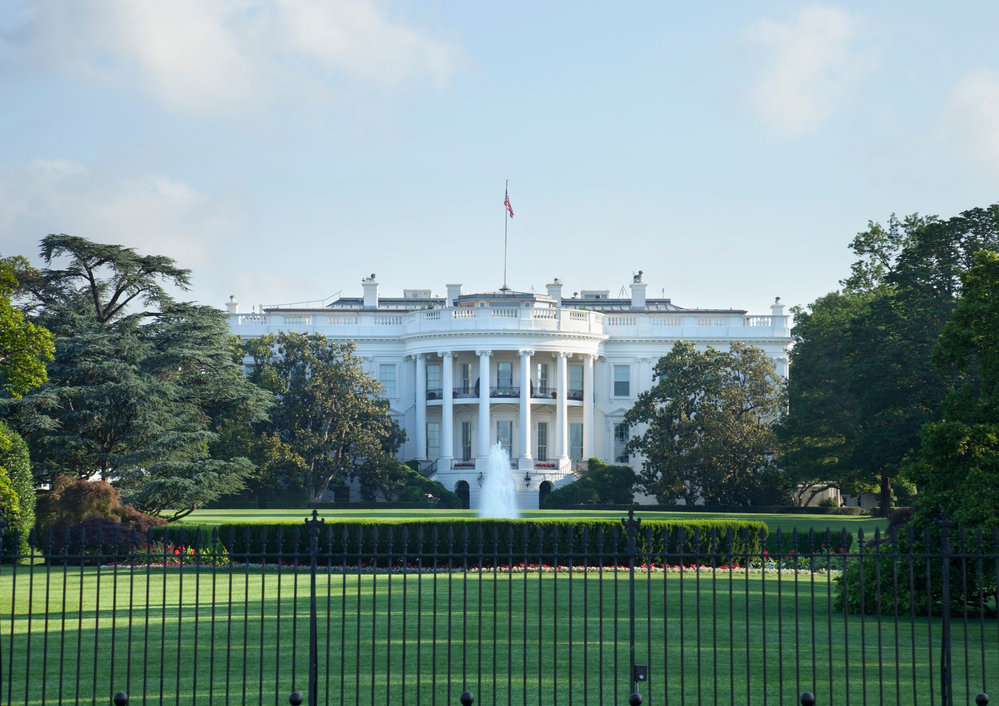
In 2017, Trump announced that the US would be withdrawing from the Paris Agreement. Of course, it wasn’t that simple; the departure’s effective date was November 4, 2020— coincidentally, the day after the US presidential election. In reality, the US was still in the Paris Agreement for most of Trump’s presidency, and the new administration just rejoined it.
The departure still carried weight, though. The US had played a significant role in creating the agreement, and without the participation of the world’s second-largest emitter, it automatically became more difficult to reduce global emissions. Leadership fell onto the European Union and China, which could lead to less detailed reporting and even fewer countries meeting their goals.
The US’ departure did prompt concern that other member countries would follow suit, but instead, the decision was criticized by many countries, organizations, and citizens. States and cities across the US picked up the slack, and have shown great leadership by declaring climate emergencies and creating their own Green New Deals.
At the national level, the choice to withdraw from the Paris Agreement was part of a larger attack on our environment. While the world continued to advance with green technologies and more sustainable practices, the United States went the opposite direction. The Trump administration rolled back environmental protections and supported dying industries like coal, all the while denying that climate change even exists.
In January 2021, President Biden started the process of rejoining the Paris Agreement, but it will likely take some time for international politics (as well as the environment) to recover. The US certainly has a lot of work to do to regain credibility on the global stage. The Paris Agreement isn’t the only treaty or organization the US backed out on. (The list includes the World Health Organization, the UN Human Rights Council, and the Iran nuclear deal.)
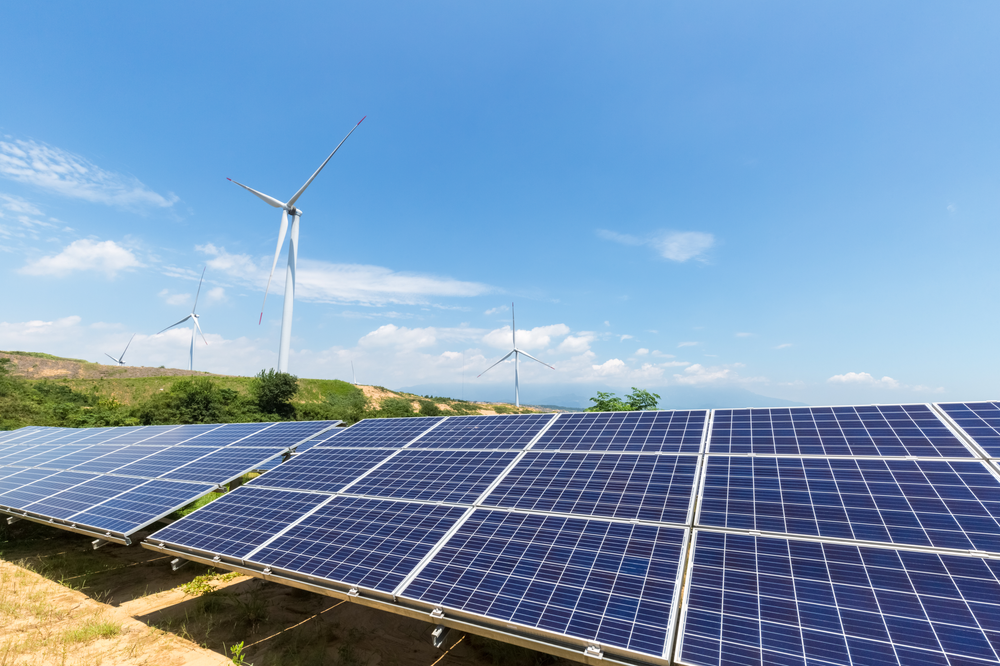
Rejoining the Paris Agreement and demonstrating progress on our pledges might help rebuild some legitimacy, but the pledges were insufficient in 2015, and are even more lacking after 4 years of climate denial. Declaring stronger commitments must be followed by substantive actions. Biden’s proclaimed climate priorities will be tested as the administration goes on.
FAQs
Why did Trump withdraw from the Paris Agreement?
During the 2016 presidential campaign and during his term, Trump promoted a nationalist, isolationist, “America-first” standpoint. This led to hostile treatment towards international organizations, negotiations, and treaties.
When the Trump administration officially announced their decision to withdraw from the Paris Agreement in 2017, they cited a NERA study that claimed it would cost the United States “3 trillion dollars in GDP” and “2.7 million jobs” to remain in the Paris Agreement.
These claims have been disputed by several news sources. The organization itself did not prepare the study as a cost-benefit analysis of the Paris Agreement and it was not intended for use in advising on the international treaty. The numbers also do not reflect the improvements in energy efficiency and renewable energy, nor the steep cost of climate change.
Which countries are the largest emitters of carbon dioxide?
According to 2018 data, the largest emitters are:
- China (10.6 gigatons in 2018)
- United States (5.41 gigatons in 2018)
- India (2.65 gigatons in 2018)
- Russia (1.71 gigatons in 2018)
- Japan (1.16 gigatons in 2018)
The United States has also historically emitted the most greenhouse gases to date.
What countries did not sign the Paris Agreement?
Every country in the world has signed the Paris Agreement. Of these 197 countries, 6 have not ratified the agreement. Ratification is when the agreement becomes binding.
Here are the countries that have signed but not ratified:
- Iran
- Iraq
- Libya
- Yemen
- Turkey
- Eritrea
Is the Paris Agreement legally binding?
Short answer: nah, not really.

The legalese in international treaties can alter the meaning of an entire document. For example, the use of “shall” rather than “should” was debated for days because of the binding implications of “shall.” (Ultimately, “should” won out, courtesy of the United States ambassador).
At the end of the day, there is no enforcement mechanism to make sure the countries fulfill their pledges or to contribute to the Green Climate Fund. A country’s NDC can also be vague and even include loopholes to evade responsibility. The one aspect of the agreement that provides any real accountability is the reporting process.
The Bottom Line
The fact that a climate change treaty exists between all the countries in the world is itself a significant accomplishment. Thanks to the Paris Climate Agreement, every country in the world knows that they really should do everything in their power to take bold climate action. But, most pledges are not bold enough, and even if they were, it doesn’t bode well that most are not on track to be met, let alone exceeded.
The consequences of failing the treaty are dire. The climate crisis will spiral out of control and wreak “untold human suffering”. And the poorest and most marginalized among us will suffer the most, even as they’ve contributed to climate change the least.
When the stakes are that high, it seems foolish of us to rely on a single treaty, which isn’t even legally binding, to solve the problem. The Paris Climate Agreement is not the end-all-be-all. It’s not our savior. In fact, it will probably end up playing a relatively minor role in the implementation of climate solutions.
In order to build a better world, where all can thrive, the goals of any action we take must include equity, justice, liberation, and abundance at the core. The Paris Agreement is just one of the many tools at our disposal to ensure that climate change is a challenge that doesn’t defeat us, but that we overcome— and that we are far better off because we did.
This post was researched and written by Paloma Ledesma, and edited by Anna Michel.
